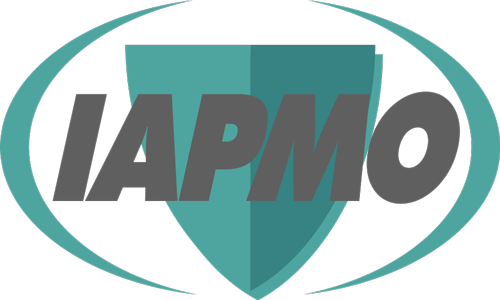PUBLIC HEALTH + SAFETY
There’s a saying in the plumbing industry that the plumber protects the health of the nation. What does that mean?
Ensuring access to safe drinking water poses a challenge for water systems in the United States and across the globe, particularly in the face of aging infrastructure, impaired source water, and limited financial resources. Strong plumbing codes are vital to helping communities address their growing list of water quality challenges, such as Legionella, to prevent unsafe situations.
In the United States, the rate of reported cases of water-borne diseases like Legionnaires’ disease has grown nine times since 2000–in part because of pipes that are sized incorrectly using an outdated formula that doesn’t account for water-saving fixtures. Water aging — which comes from water sitting in oversized pipes–creates an environment ripe for pathogen growth.
Legionella, the bacterium that causes Legionnaires’ disease, grows quickly and multiplies in warm water, especially water that has been stagnant.
Right-sized plumbing pipes reduce construction costs and address water aging. Download the IAPMO Water Demand Calculator from the Apple App Store or Google Play.
The Uniform Plumbing Code (UPC) includes the first significant update on pipe sizing methodology in nearly a century – which decreases water aging and lowers the risk of waterborne pathogens.
Water-borne pathogens aren’t the only risk. Venting of sewer gases into occupied spaces can create exposure to pathogens and spread disease. This can happen when air admittance valves are permitted to replace vent stacks and subsequently fail, as mechanical devices will do.
The UPC also governs these areas of public safety:
- Scalding
- Hazardous building damage due to flooding
- Electrocution
- Product material and performance safety
- Hair entrapment and drowning
- Disembowelment via suction from fittings in swimming pool, hot tubs, spas, and whirlpool baths
- Loss of balance, slippage
The UMC also governs these areas of public safety:
- Resilient heating, cooling, and ventilation systems.
- Emergency lighting.
- Protect equipment from snow and ice.
- Duct and pipe insulation.
- Reduce vulnerability to wind damage.
- Flood prevention.
- Protection from extreme temperatures. Extreme heat or cold can take a toll on a building’s mechanical system.
- Resilience to power outages.
- Resilience to rot, mold, and mildew.
- Food safety and preservation (walk-in coolers and freezers)
- Air leakage prevention
- Renewable energy – Solar and Geothermal
- Seismic straps, hangers, and supports
- Leak detection (refrigerant and fuel gas)
- Flood protection
- Overflow protection
- Drainage
- Noncombustible materials
- Fire-resistant materials
- Protection of potable water

